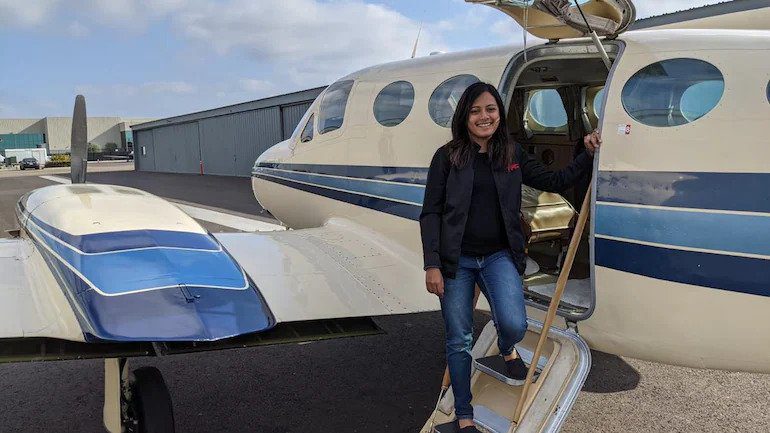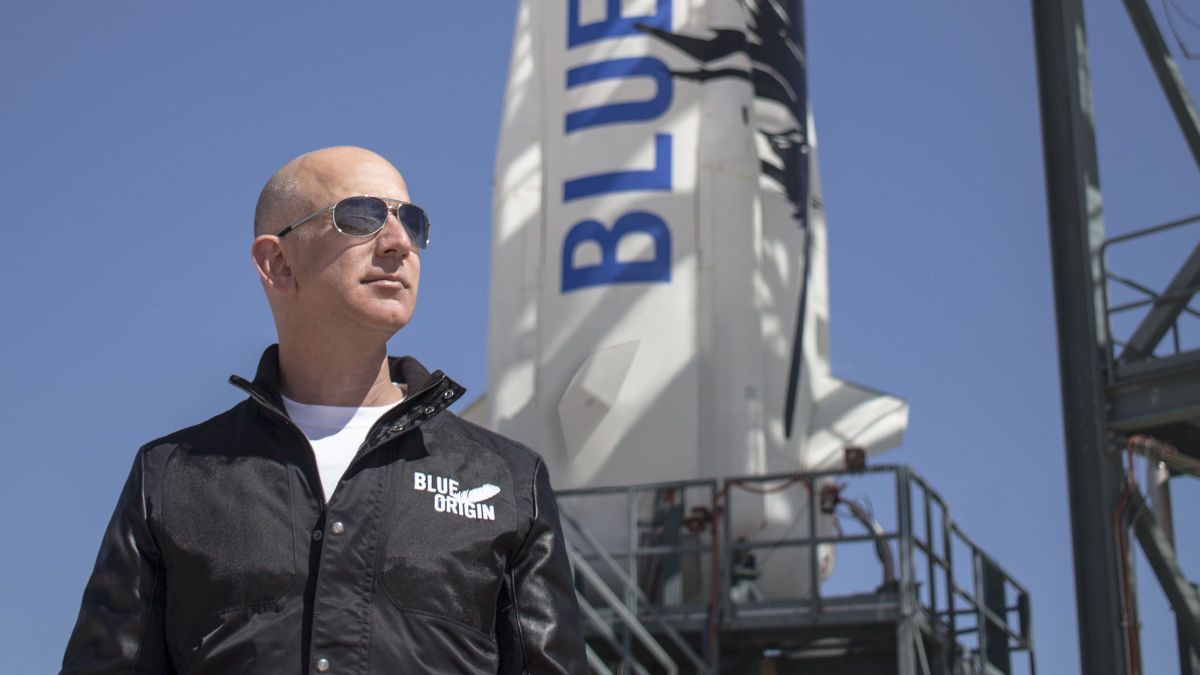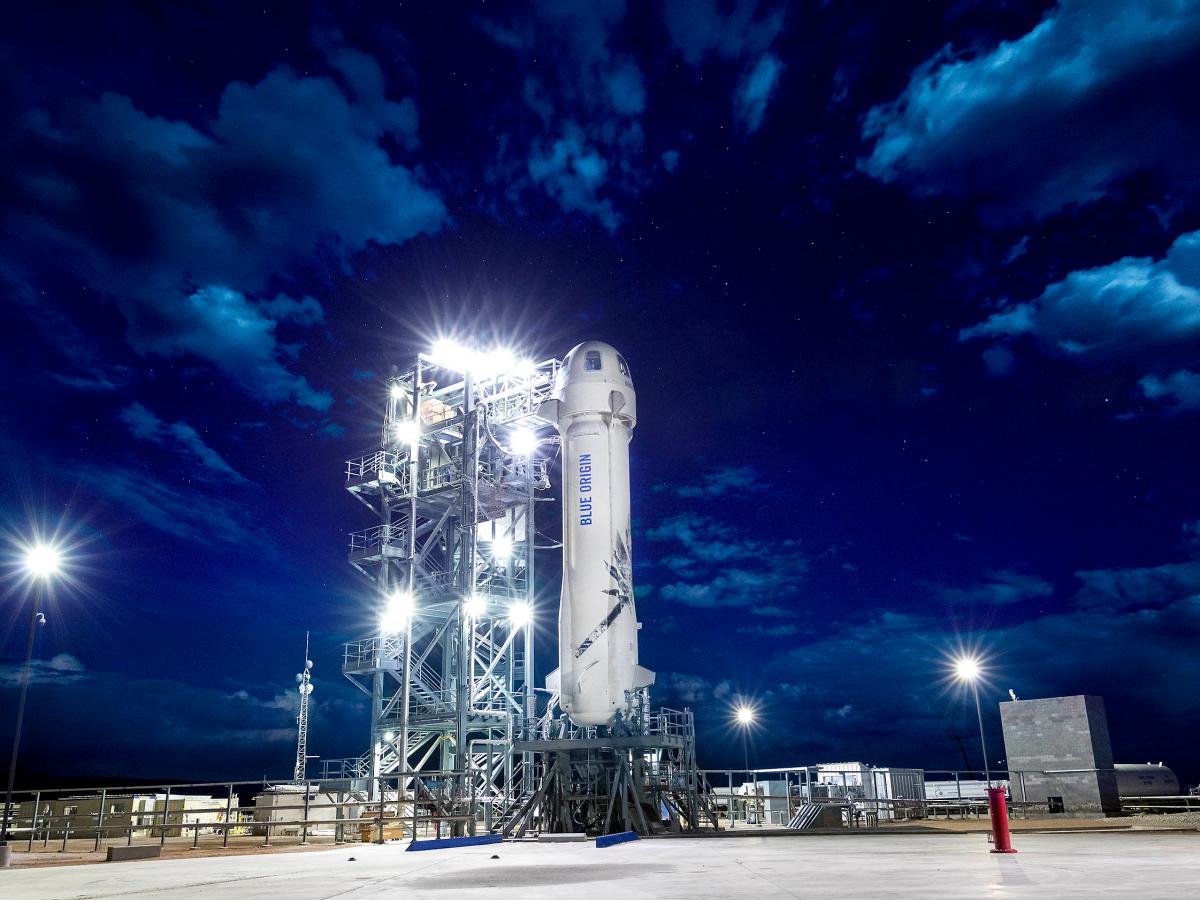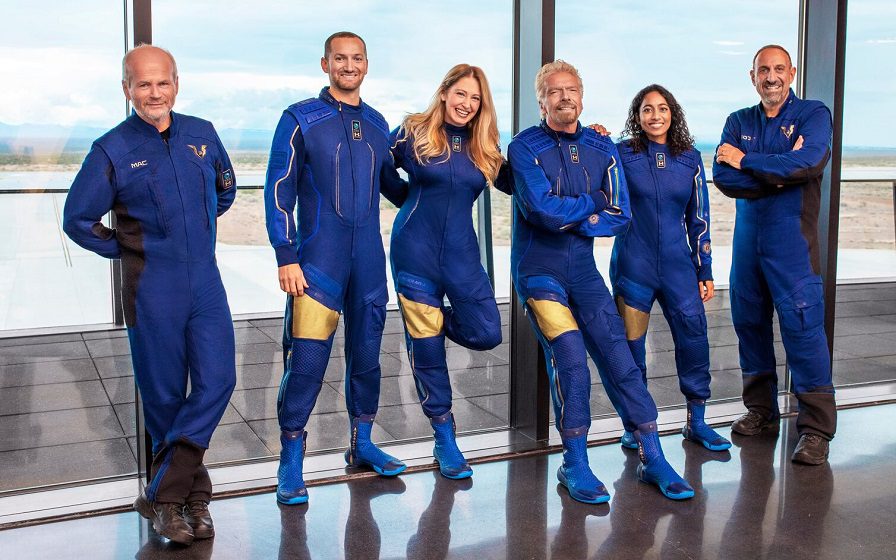(July 19, 2021; 3 pm) The space tourism race is truly heating up: Come July 20, Amazon founder Jeff Bezos will take off on board Blue Origin’s rocket system New Shepard. All eyes are now set on the Indian systems engineer at the commercial space flight company who’s part of the team that built the rocket – 30-year-old Sanjal Gavande.
Maharashtra-born Gavande, who had earlier worked for marine and racing companies, has been part of the team that built the New Shepard rocket system that will take Bezos and three others to space. She told Times of India, “I am really happy that my childhood dream is about to come true. I am proud to be a part of Team Blue Origin.” The launch of the vertical-takeoff, vertical-landing suborbital launch vehicle is considered a milestone in space tourism.

Sanjal Gavande
From Mumbai to Space
Born in a Maharashtrian family in Kalyan near Mumbai, Gavande graduated in Mechanical Engineering from Mumbai University. She moved to the US to pursue her Masters from Michigan Technological University in 2012, where she opted for aerospace. Her father Ashok is a retired municipal corporation employee and mother Surekha a retired MTNL official; the family continues to live in Kalyan. In an interview with India Today, Ashok said, “She always wanted to build a spaceship and that is the reason she chose aerospace as a subject while pursuing her master’s degree at Michigan Technological University.”
After her Masters, Gavande worked with Mercury Marine in Wisconsin for about four years before joining Toyota Racing Development in California as a mechanical design engineer. While working, she decided to pursue her lifelong dream of becoming a pilot and began taking flying lessons over the weekends. In 2016 she finally got her pilot’s license. Given her interest in all things space, Gavande had also applied for a space engineering job at NASA but her application was rejected due to citizenship issues.

Jeff Bezos is all set to take off on board Blue Origin’s New Shepard
Endless horizon
She got selected as a systems engineer at Blue Origin instead, where she realized her dream of building a spaceship. New Shepard is an unmanned suborbital vehicle that will take off from Blue Origin’s Launch Site One at West Texas. While working on this rocket system was Gavande’s dream, her journey did have its share of detractors. Her mother Surekha told India Today,
“People told us that she is a girl, so why has she opted for mechanical engineering? I also thought sometimes about whether she would be able to handle such hard work. She has now made us all proud. She had a dream of design aerospace rockets and she has achieved it.”
Editor’s Take
Dreams are easy to dream, but to follow through on them and turn them into reality takes gumption and determination. Sanjal Gavande didn’t let societal norms or pressures hold her back. Her love for drawing and academics saw her sail through her mechanical engineering degree as well as her Masters in the US. Her determination to go beyond a 9-to-5 job also led her to give her dreams wings when she obtained her pilot’s license. Not one to be let down by rejection, she didn’t let the NASA rejection deter her; she soldiered on and carved a niche for herself in the Blue Origin team. Gavande joins fellow Indians like Sirisha Bandla and Swati Mohan in playing a key role in the launching of this space flight.


